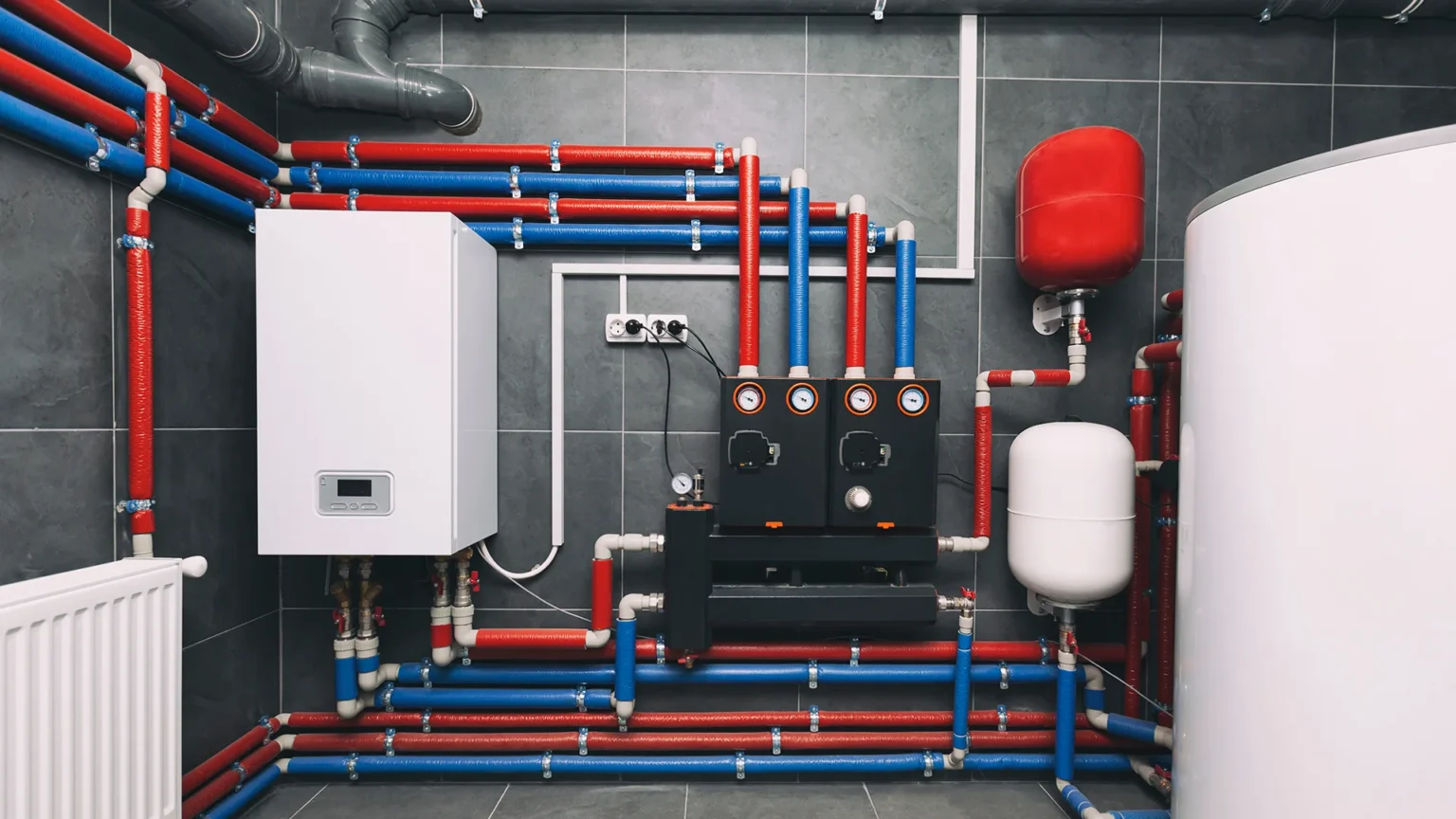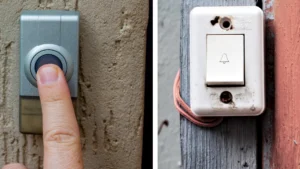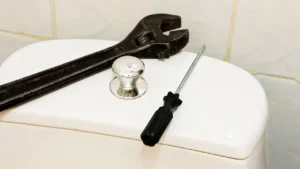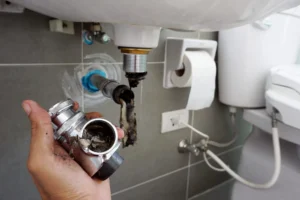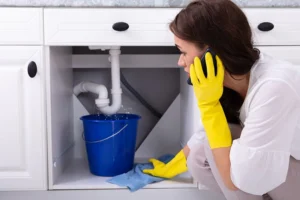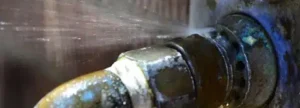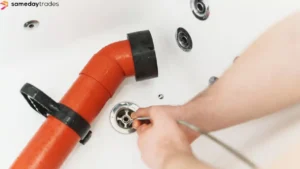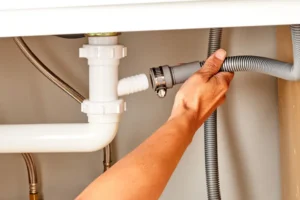Living in cold weather can be challenging, and you will need your home to be warm and cosy to keep everyone safe and snug.
Now, this is possible with natural gas, which can ignite the furnace as well as the boiler system in the house. But know that natural gas needs to be managed carefully as any leakage can be very dangerous. It can even lead to explosions or fires, which can be fatal.
While you may call professionals to handle the maintenance of these pipelines, it is best to have a clear idea about the process. In this guide, we will be discussing how the gas system works in the house.
Read on to know all about it.
How Would You Define Gas Piping?
Gas piping involves a system of pipelines that carry natural gas from the supply reservoir to your house. The network consists of a number of pipelines that branch out to different houses through drop lines. Then there are vertical pipes that connect the lines to appliances inside the house directly.
How Does The Gas System Work In The House?
Pressure is the most important criterion when it comes to gas flow, as gas generally flows from a higher pressure point to a lower pressure point. After it has been extracted, the natural gas will move through a network of pipes and then reach a distribution system, which is known as the mainline.
The distribution system will direct the gas to your house through service lines that are present inside the house. Remember that while the mainline is maintained by the authorities, consumers have to take care of the gas supply lines and all of their parts.
Further, the gas moves past a pressure regulator, which will reduce the pressure before the gas enters a house. However, the gas pressure will remain a little higher than the air pressure outside. When you switch on the stove, gas will flow from the line into the heating unit, and you will just have to ignite it.
What Kind Of Gas Pipings Are Used?
To know about how gas systems work, you will need complete knowledge about the most important part, which is the gas pipe. The materials used are polyvinyl chloride (PVC), black iron, copper, and high-density polyethylene (HDPE). Now, if you are planning to get pipelines installed, it is best to talk with the local authorities.
That is because some of these materials may not be allowed in some localities, and it will help you to know about them. However, if you are getting professionals to do the job, then they will already know of any restrictions and will use the right materials.
Let us now tell you about the most popular materials for gas pipings in detail.
1. Black Iron
Black iron is one of the most used materials, which is suitable for outdoor and indoor gas systems. It is very sturdy and can resist heat well, while it joins with other pipes perfectly, creating an airtight seal. But with time, the pipes may corrode, and the sealant may start to break. Hence, if you are going to install black iron pipes, call professionals every year for proper maintenance.
2. Galvanised Steel
Galvanized steel was very popular previously because of its high durability and energy efficiency. The material can be used for outdoor and indoor pipelines and even works very well for water lines.
If you purchase an old house, then chances are the pipelines are made of galvanized steel. But this material is not used very frequently today because working with galvanized steel is very tiresome and labour-intensive.
3. Stainless Steel Tubes
Corrugated steel tubes are a good option for indoor use because of their flexible nature. These pipes are very easy to install, and you can use them in high-risk areas and tight spaces. By high-risk, we mean places that are prone to natural disasters. Because of the flexibility of the pipes, they might be able to stay in place even after disasters strike.
However, the pipes are susceptible to cracking over time.
4. HDPE
HDPE is perfect for pipelines that run under the ground outside the house. These plastic pipes are inexpensive and can prevent tree roots or rocks from damaging the surface. HDPE is very similar to PVC, which we will discuss next.
5. PVC
Like HDPE, PVC will work very well for outdoor underground gas lines because they do not corrode easily. The material is durable as well as affordable, making it one of the most sought-after options. But you may not be able to use PVC pipes in all locations as they can break during installation.
6. Copper
Copper pipes are not permissible in all places, and you will have to talk to your local authorities before getting a copper line installed. That is because copper pipes last for 20 years, and there are strict codes that have to be adhered to.
Final Words
It is best to know how to spot a leak or a malfunctioning pipe immediately so that you can call professionals to fix the issue on time. If you notice improper connections, rusting, rotten egg odour, leaks, hissing sounds, or very high bills, then you will know it is time to call for help.
Also, if a gas-powered device malfunctions, it is best that technicians are called to take a closer look. The issue might not be with the gadget but with the pipeline or connectivity. Keep these points in mind, and you should be able to take care of any issues that crop up.
With this, we will be wrapping up this guide about how a gas system works in a house. And we promise to be back with more informative reads in the future.
Till then, goodbye!

